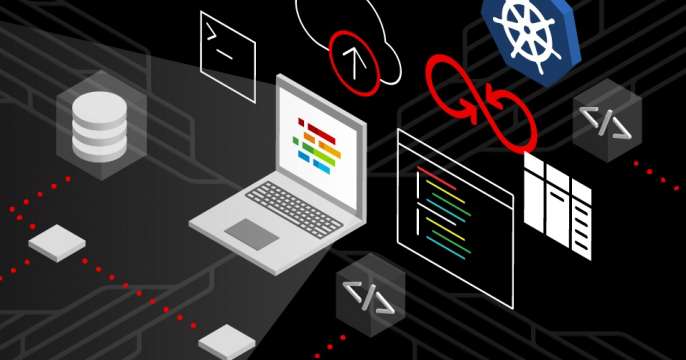Secure coding
Tutorials and training on how to build secure applications using the latest in secure and defensive programming strategies.
What is secure coding?
Secure coding is a set of technologies and best practices for making software as secure and stable as possible. It encompasses everything from encryption, certificates, and federated identity to recommendations for moving sensitive data, accessing a file system, and managing memory. Although the security landscape is always changing, secure coding tries to make building secure software more of a science than an art.
You've got microservices. Let's secure them!
In this session, we'll give a demonstration of using a centralized authentication service to secure many different microservices. The demo will be based on Project Keycloak, but it would apply as well to Stormpath, Ping.Indenty, or similar services.
Featured secure coding resources

Learn how to run Ruby applications in FIPS mode on Red Hat Enterprise Linux...

Explore the basics of quantum computing, its implications for real-world...

Learn how to sign RPM packages in RHEL 10.1 using quantum-resistant...

Go from a fast Jenkins pipeline to a fast and more secure one with Red Hat...
Free best practices guide for defensive coding
Writing secure code should be top of mind, especially given the number of application security breaches that find their way into the news. A critical first step is learning important secure coding principles and how they can be applied so you can code with security in mind. The Fedora Project's Defensive Coding Guide provides guidelines for improving software security through secure coding. It covers common programming languages and libraries, and focuses on concrete recommendations.
- The first part of the book contains useful tips for seven programming languages, such as C++, Java, or Go.
- Part two is dedicated to secure coding principles from manipulating files to processes.
- Part three offers tips for authentication, authorization, cryptographic protocols, hardware security modules, and smart cards.
